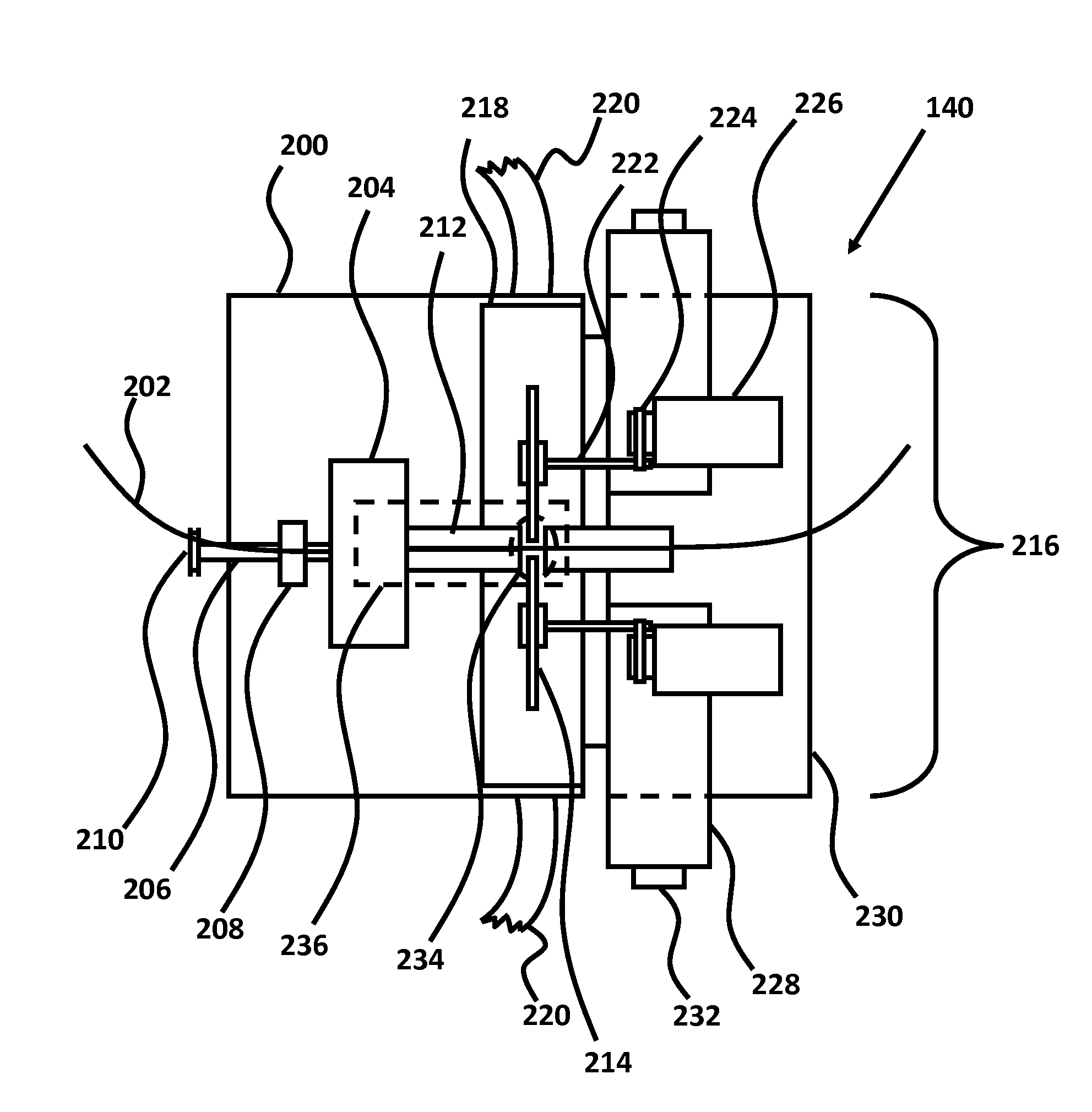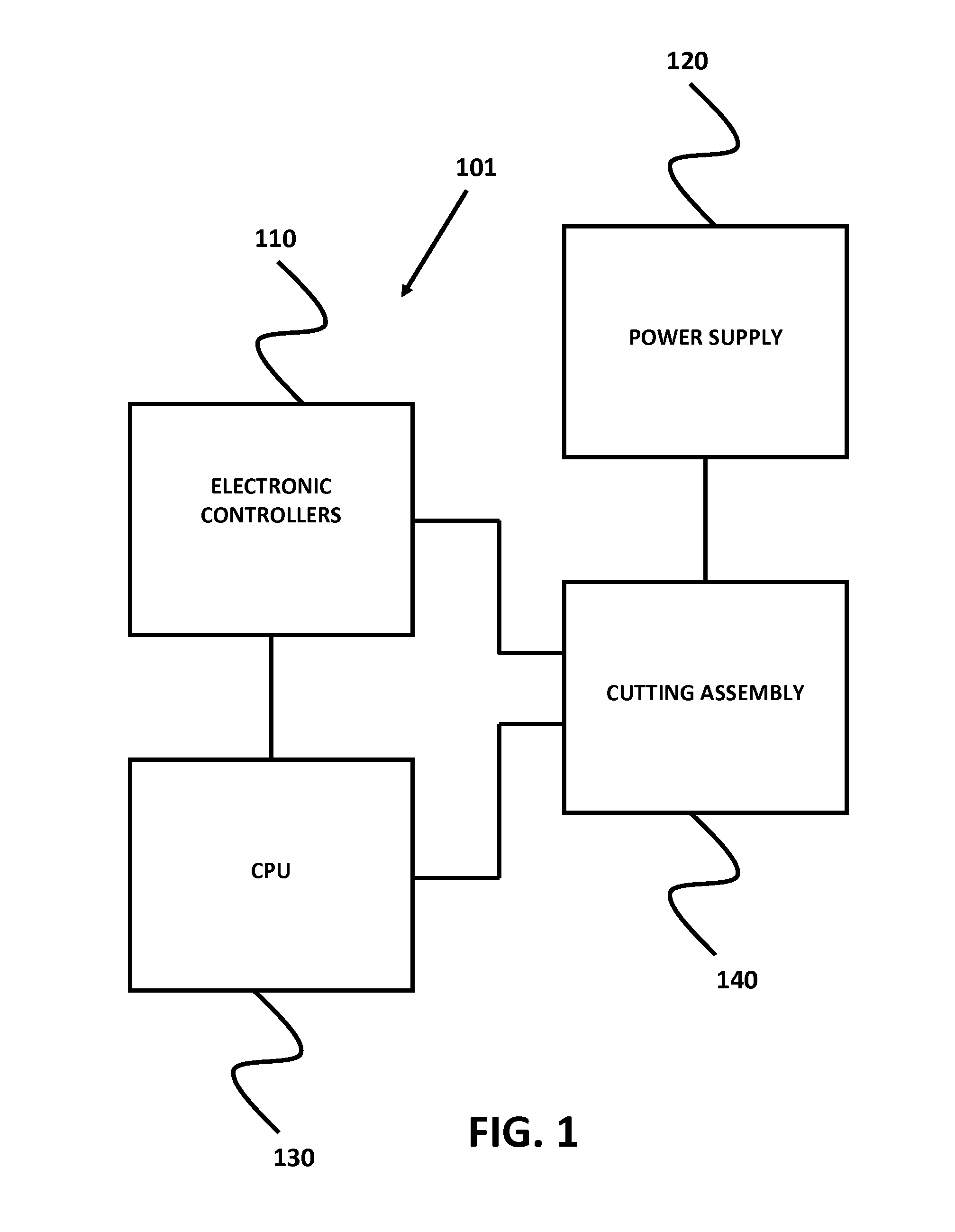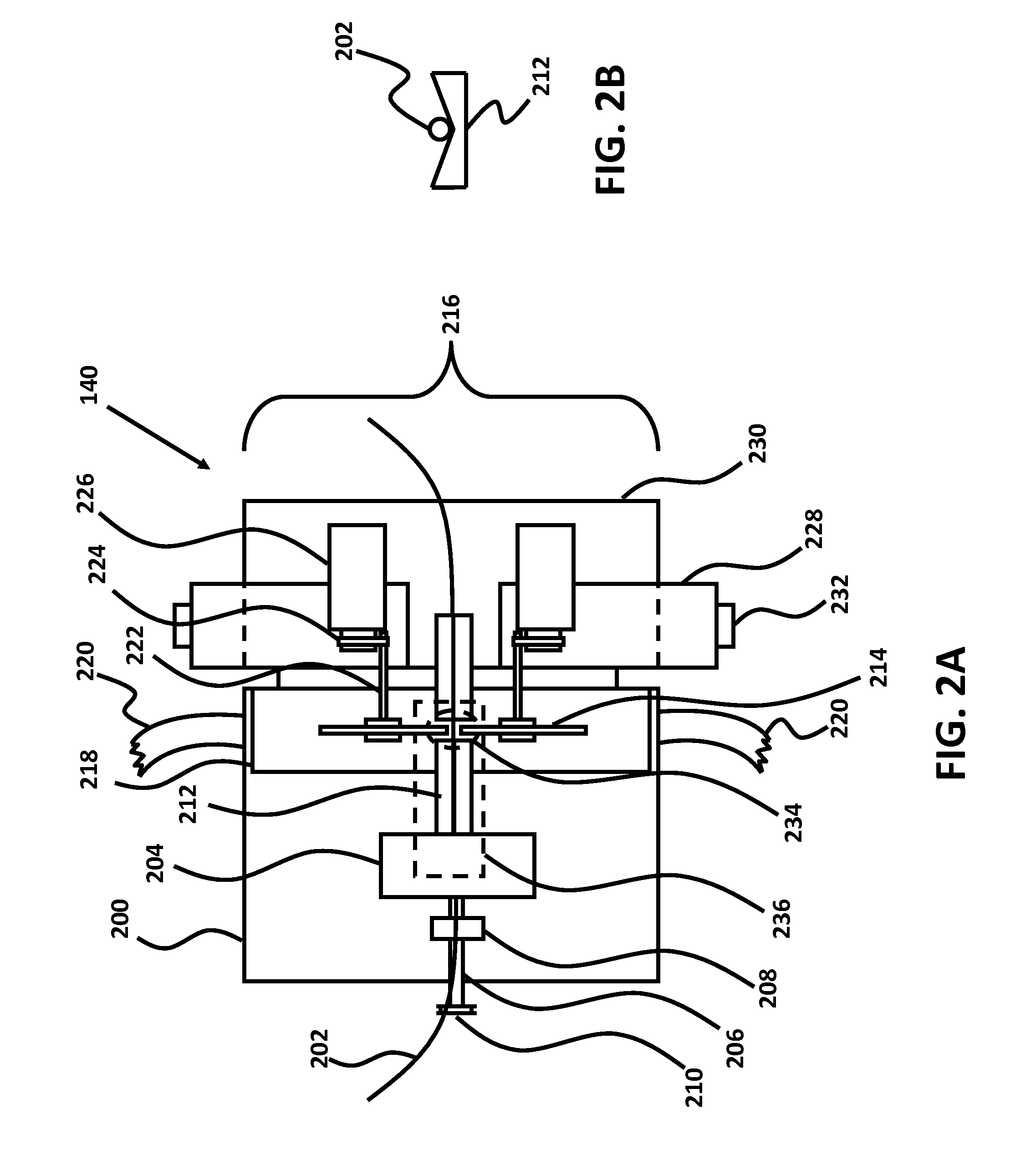Micro-Cutting Machine for Forming Cuts in Products
- Summary
- Abstract
- Description
- Claims
- Application Information
AI Technical Summary
Benefits of technology
Problems solved by technology
Method used
Image
Examples
Embodiment Construction
[0017]The herein disclosed micro-cutting machine utilizes a pair of micro-cutting blades or other cutting members to precisely cut into opposing sides of a cylindrical stock material. By cutting both sides simultaneously while tightly controlling the distance between the blades or cutting members, the disclosed micro-cutting machine is capable of producing high performance catheters, guidewires and related products for interventional medical procedures, as well as other devices for a variety of additional uses. While an embodiment has been designed primarily for cutting stock material into flexible and torquable medical guidewires and catheters, the disclosed micro-cutting machine can certainly be used for other applications, and may be appropriate for making precise micro-cuts into a wide variety of cylindrical materials or perhaps even other extruded stock materials which may have non-circular cross-sectional shapes. The micro-cutting machine will mostly be described in regard to ...
PUM
| Property | Measurement | Unit |
|---|---|---|
| Angle | aaaaa | aaaaa |
| Diameter | aaaaa | aaaaa |
| Speed | aaaaa | aaaaa |
Abstract
Description
Claims
Application Information
 Login to View More
Login to View More - R&D
- Intellectual Property
- Life Sciences
- Materials
- Tech Scout
- Unparalleled Data Quality
- Higher Quality Content
- 60% Fewer Hallucinations
Browse by: Latest US Patents, China's latest patents, Technical Efficacy Thesaurus, Application Domain, Technology Topic, Popular Technical Reports.
© 2025 PatSnap. All rights reserved.Legal|Privacy policy|Modern Slavery Act Transparency Statement|Sitemap|About US| Contact US: help@patsnap.com



